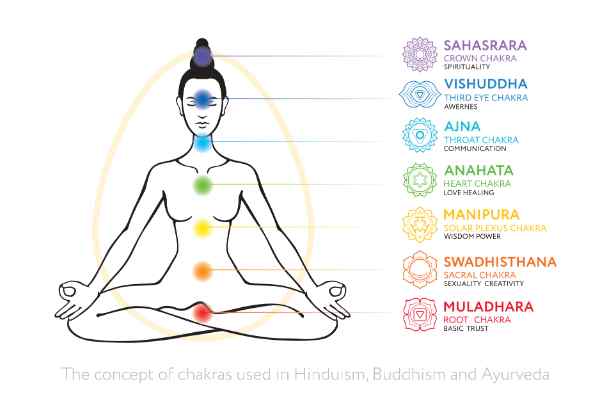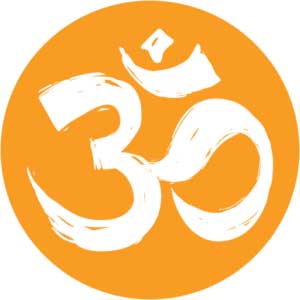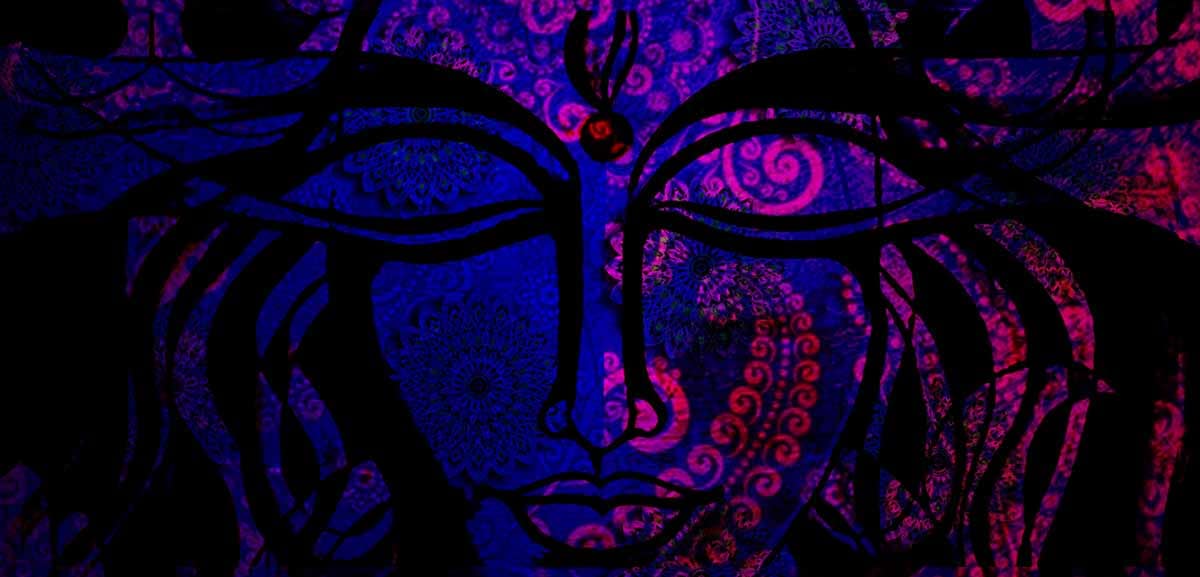Meditation has become a popular pastime among celebrities, politicians, and everyday individuals to melt away the stresses of the day. Incorporating meditation into your life can lead to numerous benefits, from relieving stress and anxiety to improving your cardiovascular needs. The oldest type of meditation is called Vedic Meditation.
Vedic Meditation is the oldest known kind of meditation that originates from ancient India and focuses on mantras to achieve transcendence. It is one of the more difficult forms of meditation to master and is usually successful with the assistance of a trained professional to work properly.
Practicing meditation can be difficult, as many individuals find it impossible to clear one’s mind for even a short period of time. Vedic Meditation focuses on specific mantras instead of mind-clearing, but can still be hard to master. This article will examine the basics of this old art and where you can find help to master this traditional form of meditation.
Article Contents
What is Vedic Meditation?
Vedic Meditation is the oldest known type of meditation documented. All other types of meditation are said to have originated from Vedic Meditation, but Vedic Meditation is the original form of this relaxation art. It is a type of concentration meditation that has you focus on a specific sound, also called a “mantra,” to relax your body and mind.
Concentration meditations are when you focus on one single thing, whether it is a mantra, an object, or even a candle flame, to relax your mind and body. Vedic Meditation has you sit comfortably with your eyes closed, focus on the specific Vedic mantra, and have your mind and body transcend until you are beyond all thought.
Vedic Meditation is one of the more challenging types of meditation because it can be very difficult to settle down your mind through the Vedic Meditation mantra. It is one of those meditations that needs to be practiced consistently and precisely in order for it to work. If you can master the art of Vedic Meditation, it can have numerous benefits:
- Reducing your stress and anxiety—the number one reason people meditate, Vedic Meditation will help you deal with your everyday stresses through deep relaxation.
- Improve your cardiovascular health—A second well-known benefit of meditation is reducing your blood pressure, risk for heart disease, and other cardiovascular issues.
- Improve your sleep—When you are less stressed and more relaxed, you can break the cycle of becoming more stressed from struggling to sleep at night. In fact, a study published in the Evidence-Based Complementary and Alternative Medicine journal reported on two studies from 2015 that had proven positive effects on sleep after the individuals meditated. Here are some of the best meditations for sleep on YouTube to help you get some more rest.
- Enhance cognition and creativity—When you use meditation to declutter your mind, you will find you are more creative and imaginative. Meditation has been found to improve the test scores of high school students and both the mood and creativity of college students.
Since Vedic Meditation is probably the most difficult type to master, it usually needs a professional instructor to guide you correctly through the entire process of transcending to deep rest. Vedic Meditation teaches you to acknowledge all of your busy thoughts that run through your mind and then let them go, but this is easier said than done.
Where Did Vedic Meditation Originate?
The main focus of Vedic Meditation is to have you repeat a specific mantra until you fall into a state of deep rest. This is also called transcending, a popular term today, and has since encouraged another popular type of meditation – transcendental meditation. However, Vedas Meditation can be dated back thousands of years.
Vedic Meditation can be documented all the way back to its namesake, the Vedas, which were ancient religious texts found in India. These texts derived from oral translations through storytelling that were passed down through generations before being documented as the foundation for both Hinduism and the art of yoga today.
The Vedas created these important texts to describe their meditative practices. These Vedic practices inspired Hindu traditions and Yogi applications that are seen in modern meditation today. The Vedas essentially inspired Hindu meditation through this large body of religious texts that contains the oldest documented reference to meditation.
Who Were the Vedas?
The Vedas were the oldest scriptures of Hinduism and the term means “knowledge.” They originated in the archaic Indo-Aryan culture that was first passed down orally through the generations before being composed in text. Between 1500 and 500 BCE, the Vedas were written in “Vedic Sanskrit,” the language known for Vedic Mantras today.
Legend says that the Vedas were not produced by humans at all, but gods that taught the Vedic hymns to the sages and were then passed down orally through generations. Eventually, the scriptures were divided into four Vedas, followed by what was called four “Upavedas”:
Four Vedas:
- The Rig-Veda—The largest, oldest Veda that contains 1,028 hymns about the mythology and deemed the most important of the four Vedas. It is divided into ten books and includes the famous mantra called “Gayatri” and the Purusha Shukta prayer.
- The Yajur-Veda—A handbook that contains instructions for religious rituals and is used to perform priestly sacrifices called “yajnas.” It is divided into two halves, white and black.
- Sama-Veda—Comprising melodies and chants performed during yajnas and sung while worshiping.
- Atharva-Veda—Other mantras, hymns, and incantations external to the yajnas. It also contains spells and magic incantations that can be done against enemies and diseases.
The four Upvedas clarify the arts and sciences:
- Ayur-veda—medicine
- Gandharva-veda—dance and music
- Dhanur-veda—warfare
- Shilpa-veda—architectures
The Vedas are the inspiration today of the Vedic Mantras that are used through Vedic Meditation. The Gayatri mantra from the Rig-Veda is the oldest and most powerful of the Sanskrit mantras, but there are other Vedic Mantras used to transcend the mind, body, and soul during meditation.

What is a Vedic Mantra?
The Vedic Mantra is key to this type of concentration meditation and comes from the ancient Vedic traditions and literature in order to heal both the mind and the body. They are in the Sanskrit language, a classic Indo-Aryan language from South Asia. The Gayatri mantra in particular is supposed to bring a life full of happiness.
The Gayatri mantra begins with the famous “Aum” chant you have probably seen in movies with characters meditating and relaxing their mind. This single word is the basis for the entire mantra and is more complicated than it sounds. In fact, each letter of this one word needs to be said in a certain way in order for the mantra to work:
- A—develops in the navel and then arises in the throat
- U—rolls over one’s tongue
- M—finishes on the lips
The entire Gayatri mantra is a mixture of 24 syllables that are supposed to remove the darkness from one’s life and uphold illumination within the chanter. When chanted in its entirety, the Gayatri mantra will awaken one’s true intelligence in addition to the benefits of concentration meditation when focusing on single words to transcend one’s mind.
By chanting the Gayatri mantra and establishing it firmly in your mind, it is said that you will live your life the way it was intended and, in turn, be full of contentment and pleasure. Maybe this is why this mantra is known to be the most powerful of all of the Sanskrit mantras and has stood the test of time as the oldest mantra known today.
The Bija Mantra
The other type of mantra used in Vedic Meditation is called the Bija mantra. Bija means “seed” and can be established in meditation as planting a seed through practice so that a lovely flower can grow. Similar to the vibrations of “aum” with the Gayatri mantra, Bija also focuses on the vibrations of the mantra that will grow with practice.
A Bija mantra is more simple than the Gayatri phrase in that it is a one-syllable sound that will activate your chakras, or energy centers, within the body. There are many familiar Bija mantras that are associated with the different chakras.
For example, “om” relates to the third eye or crown chakra, “hum” is the throat chakra, and “yum” is the heart chakra. Each chakra focuses on a different part of the body, which is why they are usually said together, depending on where you want to focus your energy at that particular time.
You can perform the Bija mantra by sitting comfortably with your back straight, closing your eyes, breathing deeply so that you can let go of the stress and thoughts of the day, and then focus your attention onto the different chakra chants. How is this different from other meditations that also focus on relaxation, chanting, and de-stressing?
How is Vedic Meditation Different Than Other Meditations?
The three major types of meditation are concentration, mindfulness, and movement. So, what makes Vedic Meditation different from the many other types of meditation out there today? Vedic Meditation specifically focuses on the vibration of a word or words chanted (the mantras).
- Concentration meditation: You usually sit on the floor and focus on a single point in the room to relax your mind.
- Mindfulness: A popular term today that focuses on reflecting upon your thoughts and then accepting them without judgment.
- Movement meditation: Gaining awareness through movement, such as performing Tai Chi or yoga.
Although the words and phrases used in Vedic Meditation do have specific meanings, during this type of meditation you are required to focus on the vibrations the words have from your navel through your throat and lips. These words should naturally flow through your body and out of your mouth with daily practice.
It is best to practice Vedic Meditation with a trained instructor in that it is difficult to achieve the transcending ability of full relaxation. The trainer will take you through the meditation step-by-step until you reach the gratitude ceremony. This tradition goes back thousands of years and ensures you have mastered the skills needed for meditation.

Where Can I Learn Vedic Meditation?
If you perform a Google search for “Vedic Meditation,” you more than likely will find numerous places that can teach you this type of daily meditation. However, if you do not know where to begin, The Veda Center offers live courses that are taught completely online so you can learn the basics of Vedic Meditation from anywhere in the world.
Their “Quintessential Guide to Meditation” includes four days of videos that go over the different meditation techniques, a question-and-answer session, and helpful solutions to the challenges new students may face when trying to absorb proper meditation. It also includes 21 days of inspirational videos to keep you going with daily meditation practice.
There are ways you will need to prepare for Vedic Meditation courses such as this, including refraining from mind-altering substances like alcohol for at least a week before you begin your Vedic Meditation course. You will also need to focus on at least a week of solid sleep so that you will be able to relax your body and mind appropriately.
Certain stimulants should be avoided up to two hours before your meditation session, including coffee and tea. This is because these stimulants will prohibit your mind and body from achieving the deep meditation needed to transcend through Vedic Meditation. However, you can certainly drink coffee or tea when you are done.
If Vedic meditation is something you are really getting into and want to take it to the next level, you should check out Vedic Meditation teacher training.
Outro
Vedic Meditation is the oldest form of meditation that can literally transform both your health and your overall life. Through the proper training and use of mantras, you can master this traditional form of meditation to reach transcendence and fully relax your mind, body, and soul.





